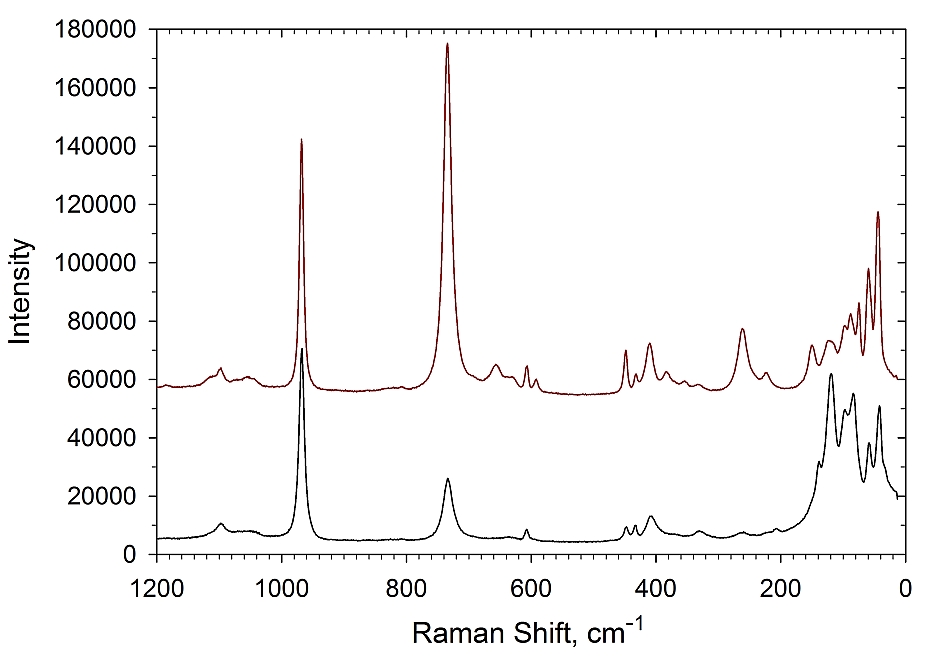
Anthony R.
Kampf1, Robert M.
Housley2, George R.
Rossman2,
Hexiong
Yang3, Robert T. Downs3
1Mineral Sciences Department, Natural History Museum of Los Angeles County, Los Angeles, CA 90007, U.S.A.
2Division
of Geological and Planetary Sciences, California Institute of
Technology,
Adanite, Pb2(Te4+O3)(SO4), is a new oxidation-zone mineral from the North Star mine, Tintic district, Juab County, Utah, and from Tombstone, Cochise County, Arizona, U.S.A. The characterization of the species is based principally on North-Star holotype material. Crystals are beige wedge-shaped blades, up to about 1 mm in length, in cockscomb intergrowths. The mineral is transparent with adamantine luster, white streak, Mohs hardness 2½, brittle tenacity, conchoidal fracture, and no cleavage. The calculated density is 6.385 g/cm3. Adanite is biaxial (–), with α = 1.90(1), β = 2.04(calc), γ = 2.08(calc), 2Vmeas = 54(1)°. The Raman spectrum is consistent with the presence of tellurite and sulfate groups and the absence of OH and H2O. Electron-microprobe analyses gave the empirical formula Pb1.89Sb3+0.02Te4+0.98S6+1.04Cl0.02O6.98. The mineral is monoclinic, space group P21/n, with a = 7.3830(3), b = 10.7545(5), c = 9.3517(7) Å, β = 111.500(8)°, V = 690.86(7) Å3, and Z = 4. The four strongest X-ray powder diffraction lines are [dobs Å(I)(hkl)]: 6.744(47)(-101), 3.454(80)(-211,-122,200), 3.301(100)(-202,031,210), and 3.048(73)(112,-221,-113). The structure (R1 = 0.022 for 1906 I > 2sigmaI reflections) contains Te4+O3 pyramids that are joined by short (strong) Pb–O bonds to form sheets. Interlayer SO4 groups link the sheets via long Pb–O and Te–O bonds.

The adanite Raman spectrum in two different orientations